A lush green lawn has been a symbol of status in American households since the 20th century. However, establishing such a lawn takes time, money, and effort. Endophyte enhanced grasses that is why lawn owners and professional turfgrass managers are always on the lookout for grass seeds with better performance but fewer maintenance needs.
“Better performance with less care” is precisely what many grass seed companies will promise. And if you are reading this article, you have probably come across a grass variety labeled “endophyte-enhanced.” Now, if you are anything like me, you will want to buy it, but what does endophyte-enhanced even mean? Don’t worry; we have answers!
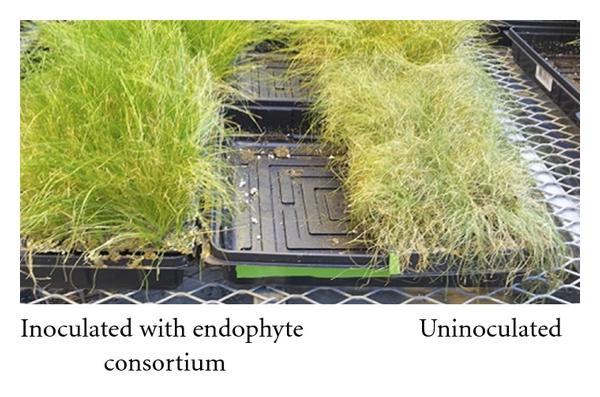
As they pertain to turfgrass, endophytes are a type of intercellular fungi (between cells, not inside the cells). These fungi do not cause disease and make mutualistic relationships with many turfgrass species such as tall fescue, fine fescue, and perennial ryegrass. Endophyte-infected turfgrass is known to have a reduced need for pesticides and increased drought and heat tolerance.
Keep reading this article to learn more!
What are Endophytes?

Contrary to fungi that cause turfgrass diseases, endophytes are fungi that do not affect the turfgrass plant. Instead, they live inside the plant body and rely on plants for their food. In exchange, they provide the host grass with several benefits discussed below.
With the exception of the roots, endophytes are present in every part of the plant, with the leaf sheath having the highest concentration. As of now, endophytes have been found inside chewings fescue, tall fescue, creeping red fescue, hard fescue, and perennial ryegrass.
Discovery & History
Endophytes were discovered when cattle grazing on grass developed symptoms such as “livestock staggers” and delirium. Soon scientists realized that endophyte-infected grasses show more vigor and pest resistance than non-infected varieties.
According to an estimate, five million acres of grassland throughout the United States have mutualistic relationships with endophytes. Researchers think these grasses can be used as a low-input, biological control option for sustainable turf care programs.
Endophyte-Enhanced Turfgrass
In this section of the article, we will talk about the advantages of endophyte-infected grasses over other grass types.
Increased Pest Tolerance
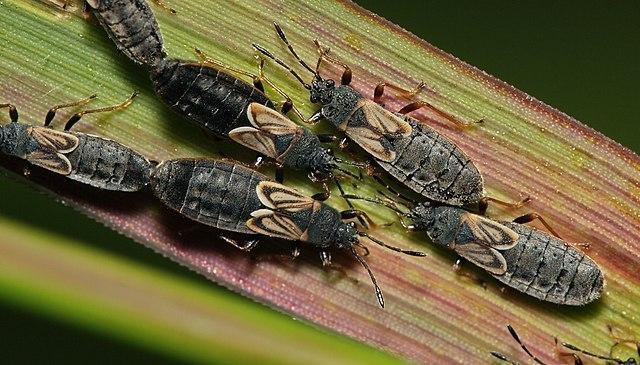
Endophytic grasses have been proven to have an increased resistance to foliar-feeding insects and pests such as fall armyworms, billbugs, sod webworms, and chinch bugs. The exact mechanism is not understood, but it has been seen that in grasses infected with endophytes, plant tissues have a higher concentration of alkaloids.
Alkaloids are small organic molecules mainly involved in plant defense against herbivores and pathogens. So, when insects feed on an endophyte-infected grass, alkaloids come into action. Alkaloids primarily serve as feeding deterrents and insect growth inhibitors.
However, some types are toxic and can even lead to the death of the feeder. Over time, the population of insects or pests will decrease as a direct consequence of alkaloid action.
However, it must be noted here that endophyte-enhanced grasses do not offer any better protection against root feeders such as white grubs. Again, it is because there are no or minimal populations of endophytes inhibiting grassroots.
RELATED: What are the Best Practices for Exterminating Pests on Your Succulents and Cacti?
Increased Stress Tolerance
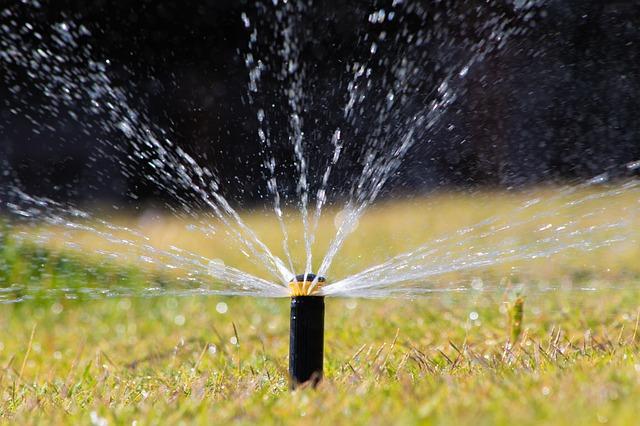
Grasses that have been infected with endophytes tend to be more vigorous than non-infected grasses, particularly in environments with low levels of irrigation and fertilization. It has been seen that grasses infected with endophytes produce a higher number of roots and tillers.
This directly increases their drought resistance, competitiveness against weed species, ability to recover from damage, and overall persistence in the lawn. The improved performance of endophyte-infected grasses is especially noticeable in demanding situations such as high temperatures and a lack of nutrients and water.
All in all, endophytes allow the grasses to become better suited for stressful conditions. In addition, it also makes them low maintenance as the grasses can now survive with a lower care input.
Where Do Endophytes Come From?
In an infected turf, endophytes are present in the sheath and leaves of the grass. When the grass matures and produces seeds, the endophytes also move to the seeds. After a while, when grass seeds germinate and develop into the grass, endophytes also start dividing and reproducing, and the cycle will begin again.
What Grasses Have Endophytes?
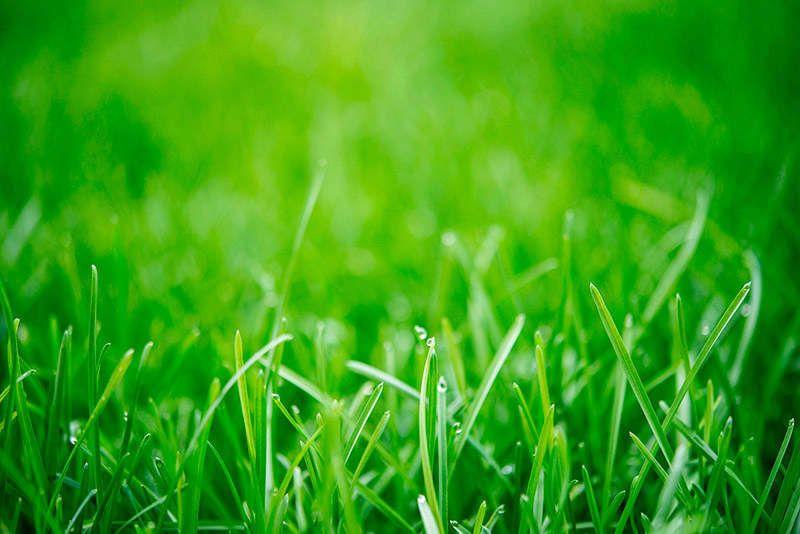
In recent years, there has been an increase in the number of improved cultivars of endophyte-infected tall fescue, perennial ryegrass, and fine fescues. Many combinations of these different types are often sold under the umbrella term “low maintenance mixtures.” Although there have been attempts to introduce endophytic fungus into Kentucky bluegrass and bentgrass, they have not been successful.
Also, buyers should be aware that the amount of endophytes in a particular cultivar can change from season to season depending on the conditions present during the growing and harvesting of the turfgrass.
Endophyte-Enhanced Seed Storage
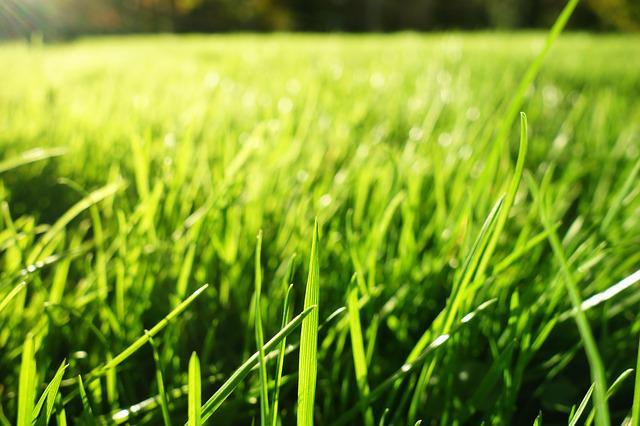
Endophytic fungus present in turfgrass seeds at the time of harvesting can rapidly lose their viability not kept in proper storage conditions. Therefore, the seeds must be stored in a cold, dry environment to preserve the endophytes’ viability.
According to the findings of a few tests that were carried out on tall fescue seeds, it is possible to keep 100 percent endophytic fungus viable for up to 15 months at a temperature of five degrees centigrade.
Endophytic seeds kept at a temperature of 21 degrees centigrades will lose forty percent of their endophyte population within seven months. Also, at the same temperature, seeds will lose all of their endophytes after eleven months.
RELATED: Is Bermuda Grass A Weed? and How To Kill Bermuda Grass Naturally!
Using Endophyte-Enhanced Grass Seeds
For grass managers, symbiotic fungal relationships can be helpful since they reduce the amount of care input. However, not all types of turf grass can support the presence of endophytes. In addition, not all types that gain benefits from endophytes are necessarily infected with viable (living within the seed) endophytes.
So, when working with endophyte-infected grass seeds, a few considerations should be kept in mind for the best results.
- Verify if the species you wish to seed can support the endophyte population.
- Use the seed as soon as possible, or store it in a cool and dry place.
Conclusion | Endophyte-Enhanced Grasses
Endophytic grasses have intrinsic resistance to insects, making them helpful in integrated pest control strategies for lawn management. These strategies aim to reduce the need for pesticides. So, when feasible, seed a lawn with perennial ryegrass, creeping red fescue, tall fescue, or hard fescue carrying endophytes.
In addition to reducing the need for herbicide use, grasses infected with endophytes also have a higher tolerance to drought stress. This will make it simpler for you to care for your lawn, whether you are a homeowner or a professional turf grass manager.
Frequently Asked Questions
Are endophytes harmful?
Endophytes have received a bad reputation over the years because of their potential toxicity to animals. However, not all endophytes are bad. Researchers have now discovered such strains that, in addition to being beneficial for grass growth, are also animal-friendly.
What do endophytes do?
It is well recognized that endophytes contribute to an increase in the host plant’s growth and nutrient gain. They also boost the plant’s capacity to handle different kinds of natural and unnatural stresses.
Are endophytes pathogenic?
Endophytes are of two types. Systemic and non-systemic. Systemic endophytes do not cause diseases. However, under stressed or resource-constrained conditions, non-systemic endophytes have also been shown to turn pathogenic to their host plants.
What are novel endophytes?
Novel endophytes are chosen endophyte strains with well-known and comprehended chemical profiles for alkaloids. It is understood how these substances affect insect pests, agricultural performance, and the overall persistence of the grass.
Do endophytes pull nutrients from the soil?
Fungal endophytes live inside the host plants within their cells of leaves and sheath. There are no endophyte populations in the roots. Also, endophytes depend on their host plants to obtain nutrients and energy.
Sources for Further Reading
Endophyte-Enhanced Grasses – Center for Agriculture, Food, and the Environment, University of Massachusetts Amherst
Endophytes: The Friendly Fungi in Turfgrass – Turfgrass Science at University of Minnesota
Debunking Endophytes – Ontario Ministry of Agriculture, Food and Rural Affairs (OMAFRA)







